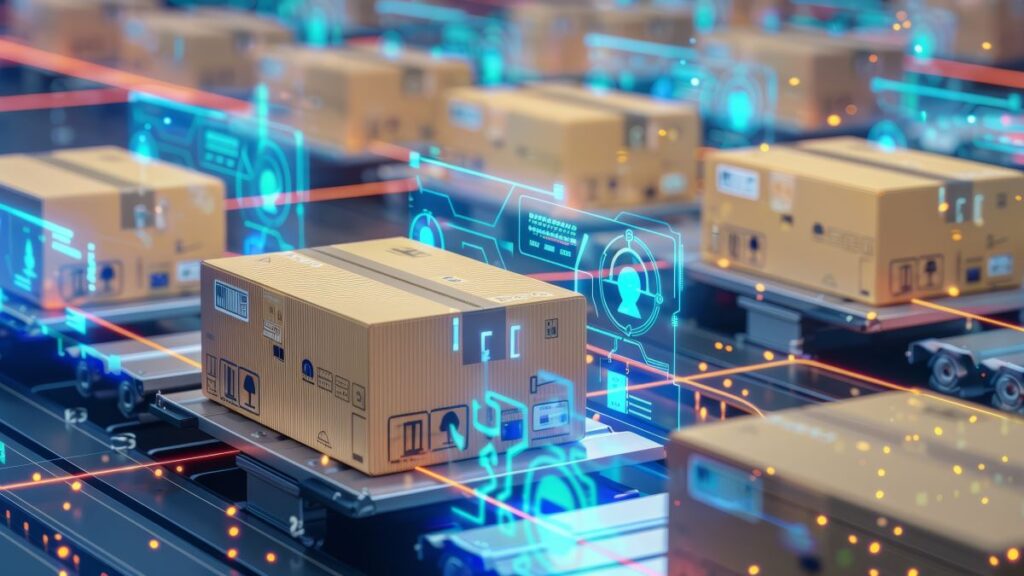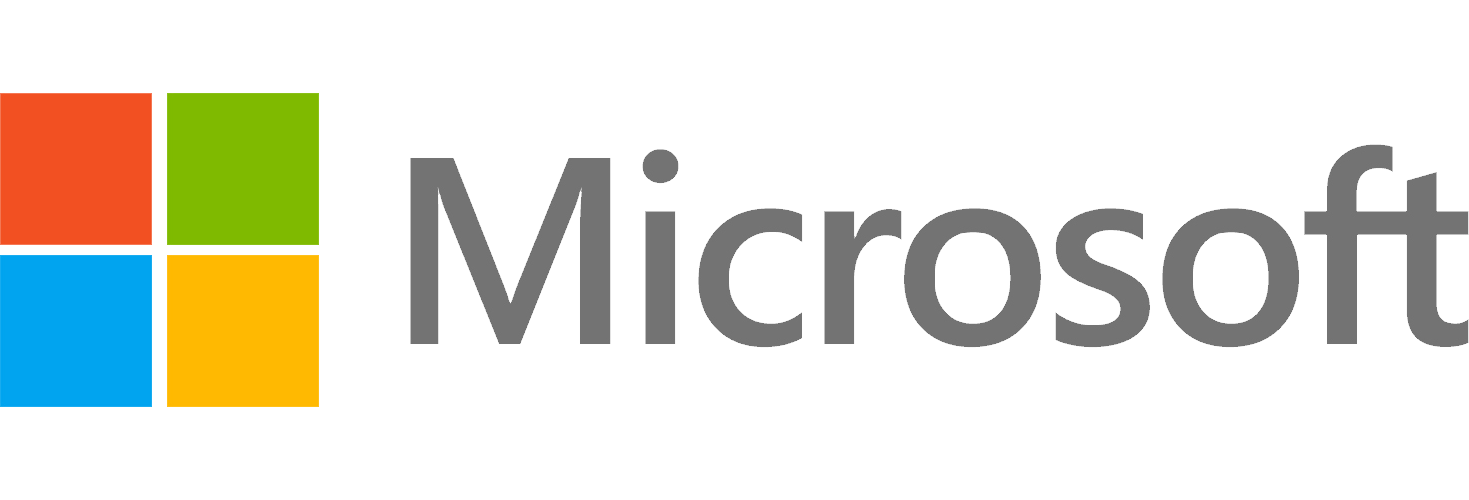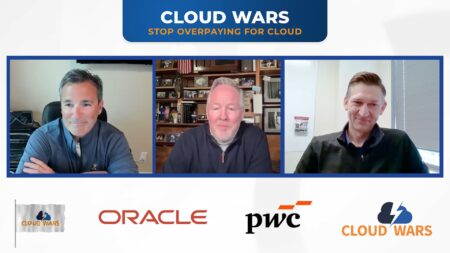
One of the toughest — and least appreciated — responsibilities in supply chain management is demand planning. The world around us churns with disruption, and planners are tasked with reacting to that upheaval. For me, demand planning was the most challenging job I ever held.
In an ideal situation, planners are able to anticipate disruption before it takes place, adjust for it, and communicate to stakeholders in advance of a stockout affecting customers.
Usually, that’s a difficult feat. The lion’s share of a planner’s time has historically been spent crunching numbers and evaluating options, with proactive analysis and communication often suffering.
Microsoft Copilot is a collection of AI-powered tools that help users be more productive and creative in their work. It includes several powerful applications in supply chain management, and some of them provide significant benefit in the planning process. Microsoft Dynamics 365 Supply Chain Management customers can access Copilot through the Microsoft Supply Chain Center.
Analyze More Variables
While traditional AI helps with creating better algorithms and with routine automation, the GenAI in Copilot goes much further. Beyond analyzing historical data and market trends, it evaluates external factors such as weather, supplier financials, equipment reliability, labor unrest, and geopolitical events that could impact supply chain processes.

AI Agent & Copilot Summit is an AI-first event to define opportunities, impact, and outcomes with Microsoft Copilot and agents. Building on its 2025 success, the 2026 event takes place March 17-19 in San Diego. Get more details.
Copilot incorporates more variables than a human forecaster can ever consider. Copilot’s predictive functionality can estimate the impact of changes across each aspect of the supply chain; it thereby increases the quality of forecasts and captures more of the downside than previous approaches. More accurate demand forecasting reduces excess inventory and capital outlays in areas including warehousing. Tighter inventory management also contributes to sustainability improvement
Understanding that supply chains extend from suppliers to consumers, Copilot develops forecasting models that identify risks at an early stage and supports preventative measures, such as adjusting order quantities or using alternative manufacturing sites.
When the issues are coming from or affecting the supplier side of the business, Copilot can help demand planners work with procurement to assess and manage purchase order changes. Or it might recommend alternative suppliers in another part of the globe, then reduce purchase order quantities with existing suppliers.
Forecast Impact of Changes
Any chief procurement officer knows that when adjustments have to be made to a global supply plan, there are often many options but not enough that are neither too expensive nor too hazardous. Copilot’s ability to identify the impact of actions — from low-risk to high-risk — facilitates thoughtful decisions.
One challenge with demand planning systems has been that they’re difficult to use. Hence, there’s been reliance upon a “power user” — the individual(s) who use the software all the time and are called upon to help others. But since Copilot is natural-language based, authorized users can make inquiries without relying on that lone person.
Copilot streamlines communication with suppliers by automating order updates and generating contextual email responses. This facilitates quick resolution of potential disruptions by getting everyone on the same page quickly. Supplier risk management results in better production efficiency.
By leveraging copilot technology, supply chain professionals can significantly enhance their productivity, reduce manual tasks, and make more informed decisions, ultimately leading to a more efficient and resilient supply chain.











